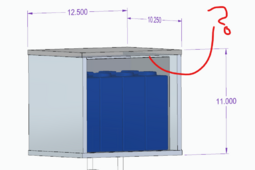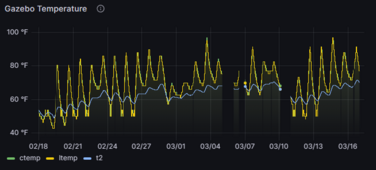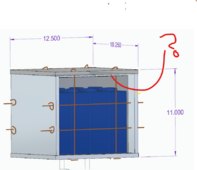@discern - I am roughly 150 miles south of you. Cooling cells due to self heating has not been a problem for me, but keeping them cool from ambient temperatures has. Here is a plot of temperatures inside a small, poorly insulated, enclosed room where my solar charge controller lives. The south wall gets direct sunlight, so the temperatures inside the room (CTemp and LTemp) rise with solar loading during the day and fall with ambient outside temperature at night. I do not have summer data for this installation yet, but that is coming soon....
Twice this past month the indoor room temperature has gotten over 96 degrees, which is warmer than I want my batteries to get. They live in a box in a shallow hole in the ground under the floor, and they have about three inches of foam insulation above them. Notice how the batteries (T2) stay in a much tighter temperature range than the room because they are never in direct sunlight and have direct contact with the soil and its huge thermal mass.
The point is that a van in the south will almost always be too warm due to solar loading. Except for the few nights of freezing temperatures, your issue is keeping things cool, not warm. Internal heating is negligible compared to solar load. Intentionally adding a vent to allow 120 degree air to get to your batteries will work against you. Perhaps you could instrument the van to watch temperatures before you decide how and where you will keep your batteries.






